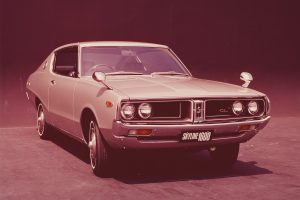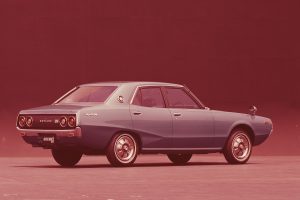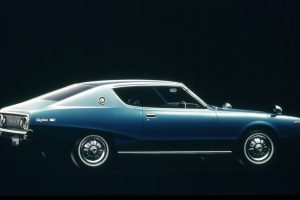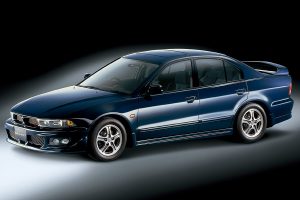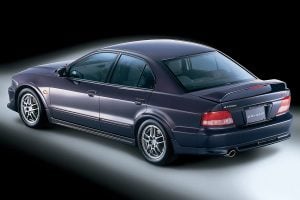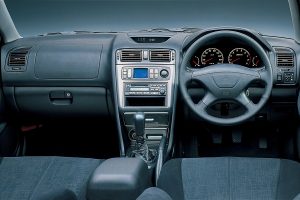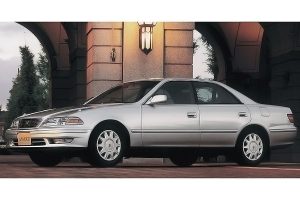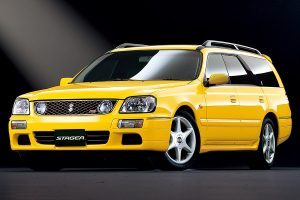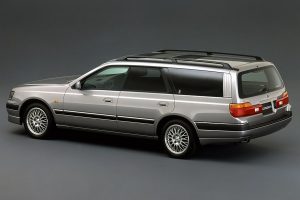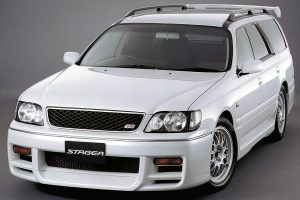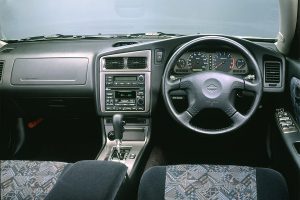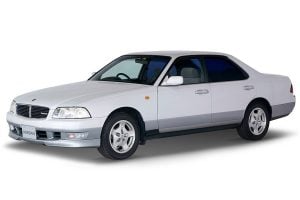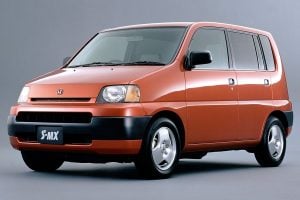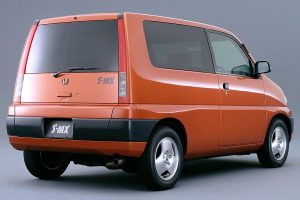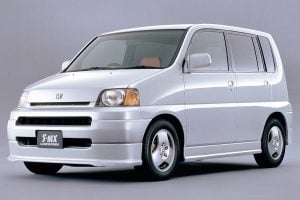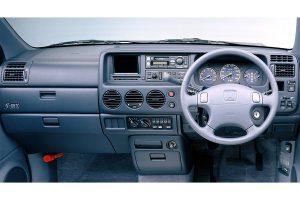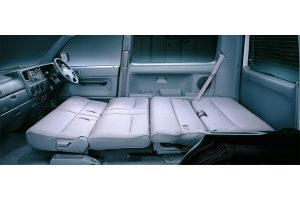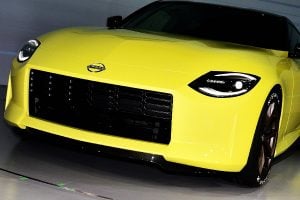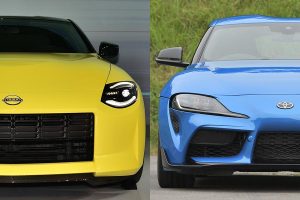Japanese used cars are popular in the US. This is due to America’s 25-year rule, which easily makes old imports to be road legal. So who’s next? We have selected five Japanese cars that will become 25 years old in 2021.
A look back at cars from 1996
A hot topic in the used car market in recent years has been the soaring prices of high-performance Japanese cars sold in the 1980s and 1990s. The Nissan Skyline GT-R is a typical example of a model that has seen its prices soar, For example, the BNR32, released in 1989, can be bought for almost twice the price of a new car if it is in good condition.
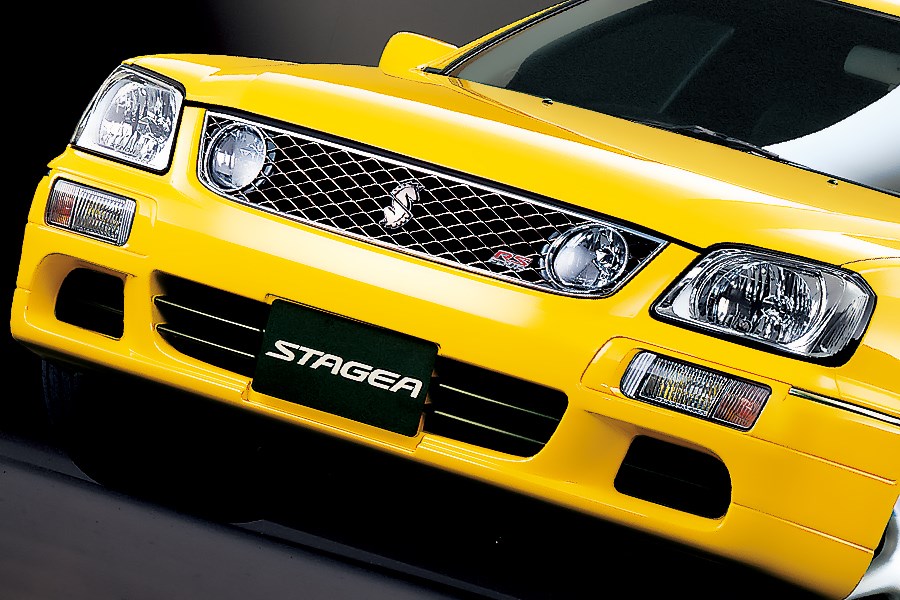
One of the reasons for this is America’s 25-year rule. In the U.S., the imports are severely restricted, and in many states, registration is not allowed unless the car meets NHTSA safety standards, as well as EPA emission standards.
However, cars that are 25 years old are exemptions from those safety and emission standards, allowing RHD cars to be road legal.
This is why Japanese neo-classic cars, which have become 25 years old, have become popular in the U.S., leading to soaring prices.
In this article, we will introduce five models that were released in 1996 and will be 25 years old in 2021.
Mitsubishi Galant VR-4

Mitsubishi launched the Colt Galant in 1969. The car was a sedan that drew attention for its stylish design, and later became Mitsubishi’s mainstay model.
In the sixth generation released in 1987, a full-time 4WD model named “Galant VR-4”, equipped with a high-performance engine, was launched.
And when the “Lancer Evolution” took over that position, the Galant VR-4 was succeeded by the seventh and eighth generations as a high-grade, high-performance model.
The final “VR-4” model, which was introduced as part of the eighth Galant in 1996, came with a 2.5-liter V6 twin-turbo engine with its maximum output of 280 hp. It was selectable between a 5-speed manual and a 4-speed automatic.
The exterior featured a powerful front face with a reverse slant nose. In addition, the Galant VR-4 was not only a high-performance model, but also a sedan of high quality, with improved ride comfort and quietness, and a luxurious interior.
However, sales were sluggish, and the VR-4 was discontinued in 2002. Three years later, the Galant itself was also discontinued.
Listing for this model on the second-hand market is limited, but prices are inexpensive with being no more than 1 million yen (approx. $9250). In 2003, the Galant was launched in North America as a model completely different from the Japanese version, but no high-performance model was available. The VR-4 is likely to become popular as a model exclusive to Japan.
Toyota Mark II
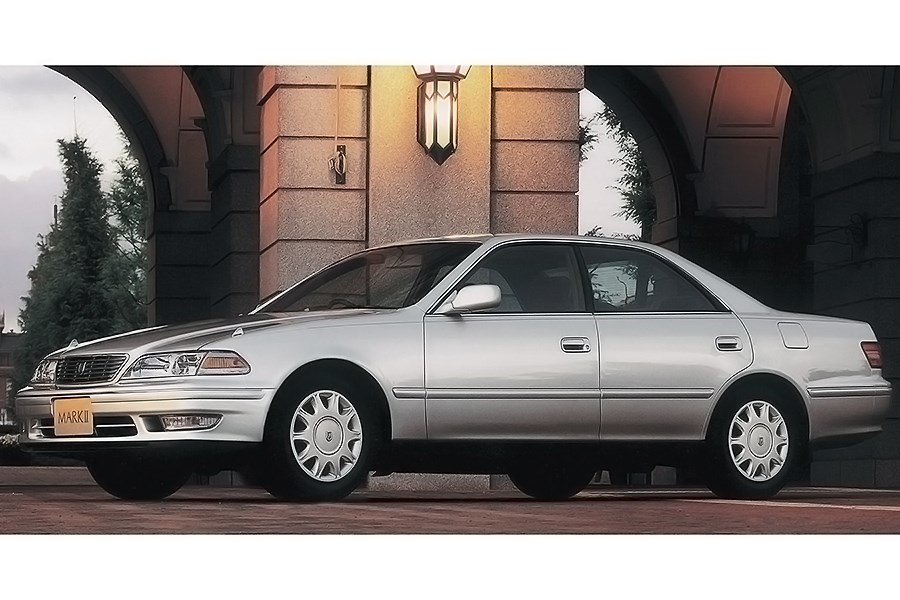
The Mark II was the core of Toyota’s middle-class sedan lineup for many years and was also sold in North America under the name Cressida.
However, as a basic sedan, it did not have any outstanding features, and its sales in North America ended in 1992.
In Japan, the eighth generation was introduced in 1996, and the sport grade “Tourer V” was equipped with a 2.5-liter I6 turbocharged 1JZ-GTE engine boasting a maximum output of 280 horsepower, making it a popular high-performance FR sedan.
The same engine was used in the third-gen Supra (A70) and the first-gen, Lexus SC (or the third-gen. Soarer in Japan, Z30), and as a sporty power unit, it had the ability to respond to advanced tuning. Its suspension was retained from the seventh generation with having double wishbone suspension, and the car was well known for its great cornering performance.
Due to its characteristics, the Mark II has become a perfect selection for tuning, and used cars in stock condition are few. With the popularity of Japanese tuning cars rising in the U.S., the car is likely to attract more attention.
Nissan Stagea

The first-generation Nissan Stagea, released in 1996, was the successor to the seventh generation R31 Skyline Wagon and was an FR station wagon with great driving performance.
Three types of engines, 2-liter, 2.5-liter, and 2.5-liter turbocharged, were available with all being inline-6 engines.
The top model, which came with a 2.5-liter turbocharged RB25DET, was eventually powered up from 235 horsepower to 280 horsepower in the end and became popular as an agile station wagon.
The exterior design emphasized a low and wide shape, with a straight-line design that was full of station wagon characteristics. It also had a large cargo space, making it easy for daily use.
The Stagea Autech Version 260RS, developed by Autech Japan and released in 1997, was a high-performance model that used the engine, drivetrain, brakes, and suspension of the R33 Skyline GT-R. It was also called the GT-R Wagon.
Since the Japan-exclusive Stagea inherits Skyline’s DNA, it is also likely to attract attention in the US.

